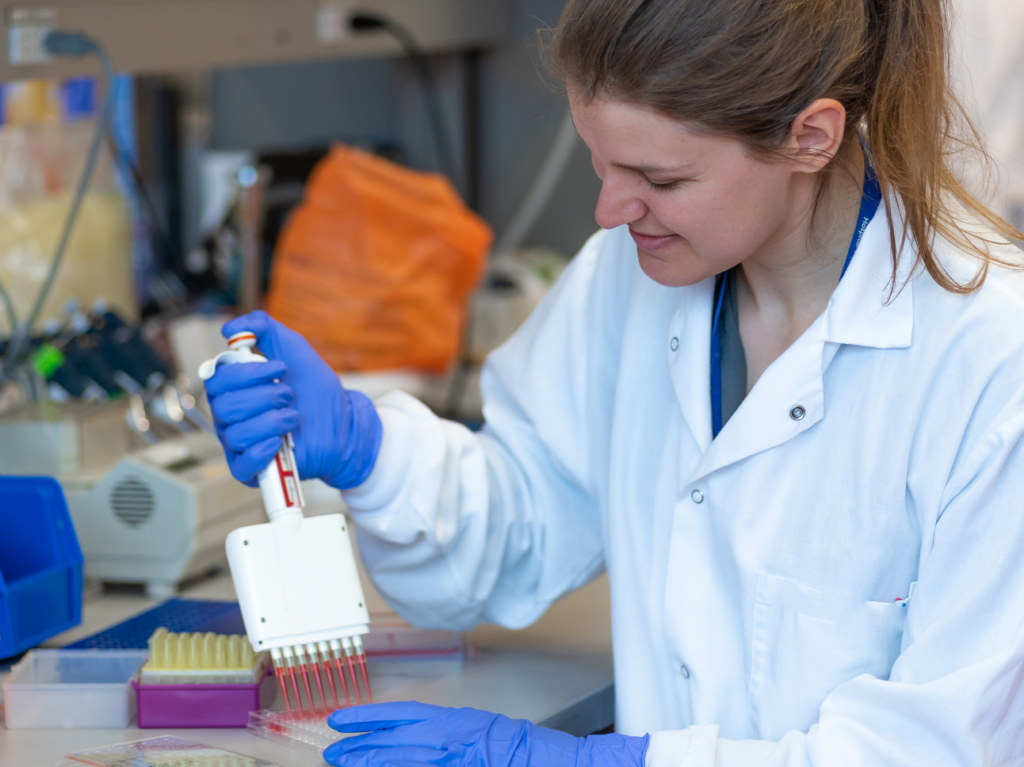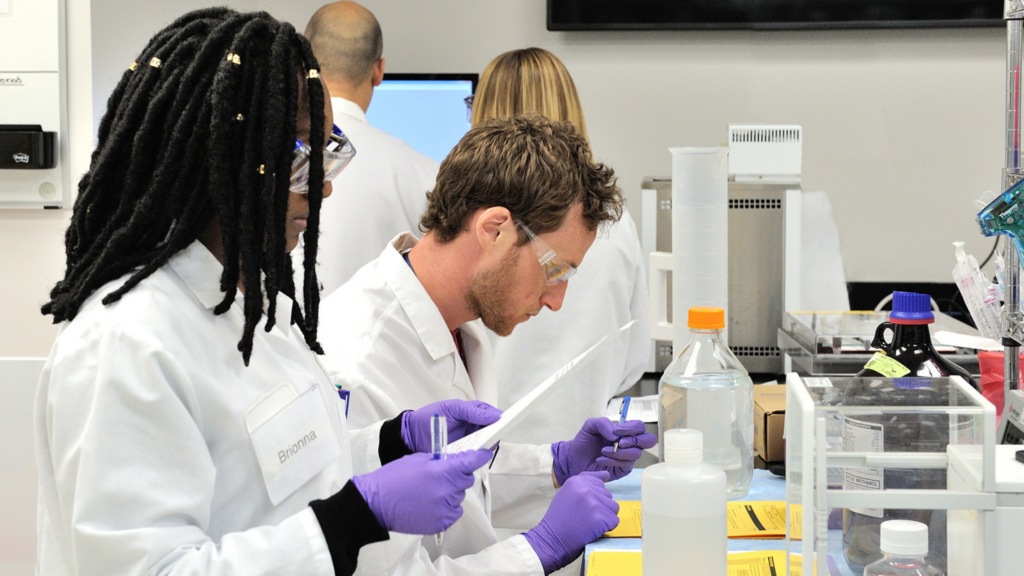Global Experience
Advanced Therapies has an exceptionally strong track record in bioanalytical testing. Since our inception, we’ve supported over 1700 customer submissions with biosafety testing.

Service
As a cell and gene therapy CTDMO, we understand the critical role comprehensive testing plays in the success of your clinical or commercial product. We offer a complete suite of contract testing services including viral clearance, biosafety, release testing, cell banking and stability for cell and gene therapies, monoclonal antibodies (mAbs), recombinant proteins and viral vaccines. Our services are available to clients who manufacture at our location or elsewhere.
Tell us about your testing needs
Advanced Therapies has been performing bioanalytical testing for decades, helping to reduce pipeline risk and accelerate timelines.
140,000 sq. ft. purpose build modern facility dedicated to testing on our Philadelphia, PA campus.
We have received 100% acceptance on our test results with zero rejections from regulatory agencies.
Our team supports close to 30 commercial programs spanning cell and gene therapies, mAbs/recombinant proteins, and vaccines.
We have been conducting bioanalytical testing for decades and processed more than 1,700 customer submissions.
We provide high quality bioanalytical testing services and custom analytical method development when needed.
Advanced Therapies has an exceptionally strong track record in bioanalytical testing. Since our inception, we’ve supported over 1700 customer submissions with biosafety testing.

Advanced Therapies has an exceptionally strong track record in bioanalytical testing. Since our inception, we’ve supported over 1700 customer submissions with biosafety testing.
Our team is best known for its significant expertise in assay development, biosafety testing, viral clearance, and clinical and commercial lot release testing.
In 2021 we introduced a purpose-built testing facility at 400 Rouse Boulevard in Philadelphia which consists of 140,000 square feet of GMP compliant, flexible laboratory space. With this addition we gained capacity to meet the demand of our manufacturing clients, as well as companies who manufacture elsewhere, but conduct their testing with us.
Our Analytical Development team has well over a decade of experience developing novel, custom methods to support the release of advanced therapeutics. Our team of experts can assess your therapeutic and develop phase-appropriate, product-specific assays to meet global regulatory expectations.
GMP compliant lot release tests ensure the safety of your product, while keeping timelines on track thanks to dedicated project managers and accelerated tech transfer and comparability studies.
Replication competency assays are key to assuring the safety of viral vectors, and Advanced Therapies has dedicated laboratory space and equipment for both the cell culture and endpoint techniques (PCR/ELISA) required for this type of assay

Companies worldwide, from early-stage biotech start-up preparing for IND submission or manufacturing for clinical trails to big pharma with commercial products, use our testing services for lot release.